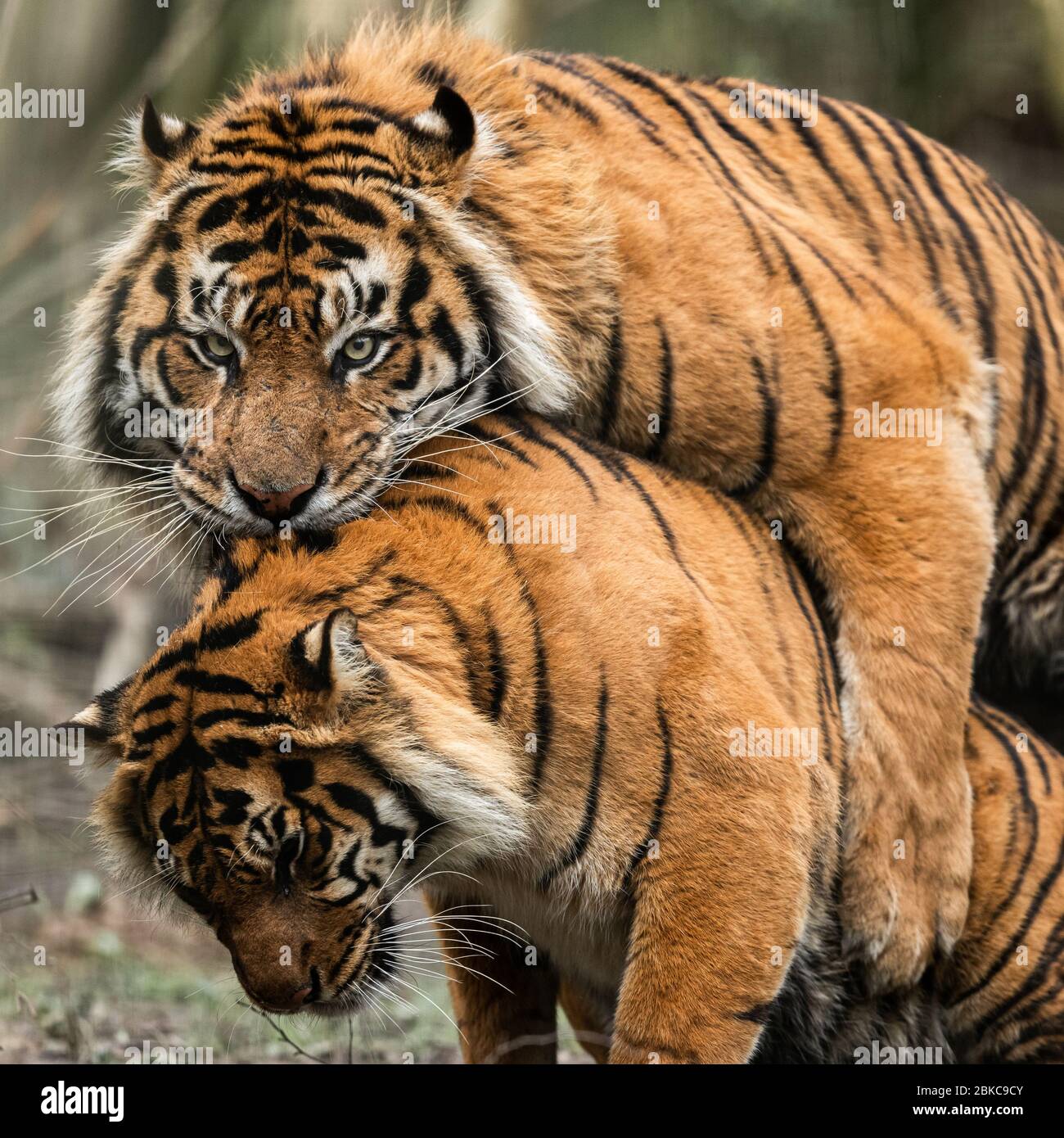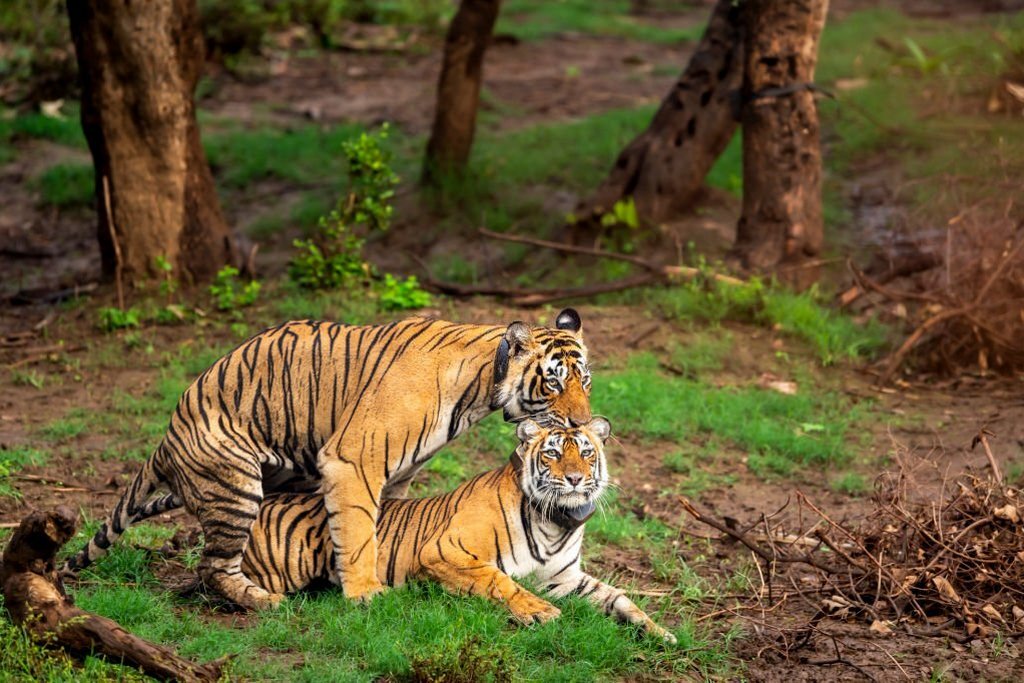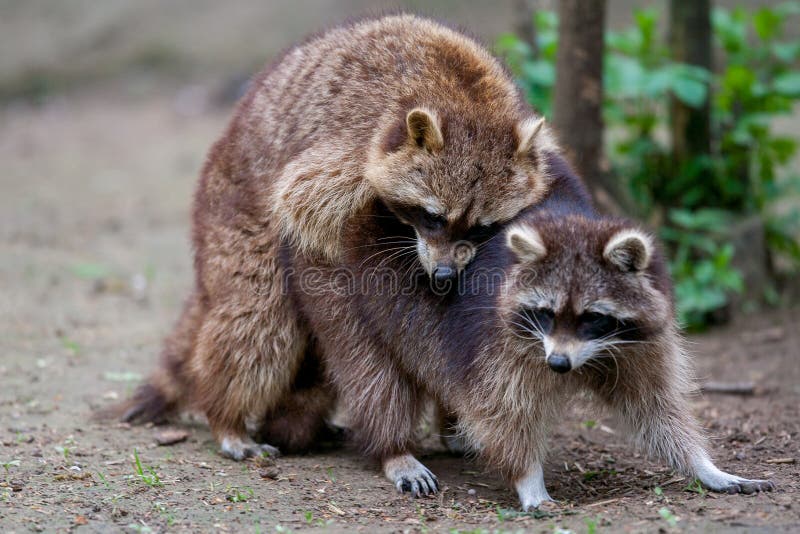The fascinating journey of horse mating, whether out in the wild open spaces or when people are helping things along, is a truly remarkable sight to see. It’s a natural event, really, that plays a big part in making sure these magnificent creatures continue to grace our world. From the first subtle signs of interest to the actual moment new life is started, there's a whole sequence of actions and communications that unfold, and it's quite something to observe.
This natural act, which helps horses make new generations, involves a series of steps and distinct ways of behaving. These actions help the male pass on what's needed to the female, eventually leading to a new life beginning and little ones coming into being. Learning more about how horses get together to create offspring can be quite eye-opening, especially for those who care for or work with these animals, or just anyone who finds the natural world compelling, actually.
So, we're going to take a closer look at this whole process, from the first gentle movements of interest between horses in a natural setting to the more organized ways people help horses breed. We'll touch on the ways horses show they are ready, the actual physical connection, and how all of this comes together to make future generations possible. It's a truly interesting topic, in some respects, for anyone curious about the animal kingdom.
- Naveen Andrews
- %D8%A8%D9%87 %D9%86%D8%A7%D9%85 %D8%A7%DB%8C%D8%B1%D8%A7%D9%86
- Sasha Renee Perez
- Mary Elizabeth Winstead
- Tanya Kach Mccrum
Table of Contents
- What is the Process of Horse Mating?
- How Do Horses Show They're Ready for Mating?
- The Wild Side of Horse Mating
- Understanding the Mare's Cycle for Mating Horse
- The Role of People in Horse Mating
- Physical Aspects of Horse Mating
- Why is Communication Key in Horse Mating?
- A Summary of Horse Mating
What is the Process of Horse Mating?
Horse mating, often called "covering," is the way horses get together to make new foals. It’s a very basic part of how horses keep their kind going, and it happens in a fairly direct way. The male horse, known as a stallion, will get onto the female horse, or mare, and then pass on the necessary cells into her body. This action, quite simply, is what starts the process that can lead to a new horse being born. It’s a series of actions that are quite natural for these animals, and it shows the simple elegance of how life continues in the animal kingdom, you know?
This whole series of events isn't just a quick thing; it involves different phases and distinct ways horses act. These actions are all about making it easier for the male's reproductive cells to move from him to the female. Ultimately, this leads to the joining of cells and the start of a new life. Learning more about this act and how to help horses breed is something many people find very interesting. It’s a topic that touches on the very core of animal life and how it keeps going, basically.
The process itself, really, is a natural wonder. It’s a testament to the biological drives that exist in all living things. When you look at how these large animals come together, it’s a powerful display of instinct. Understanding these steps gives us a better appreciation for horses and their ability to reproduce. It's a fundamental part of their existence, and something that has kept their lineage strong for countless years, as a matter of fact.
How Do Horses Show They're Ready for Mating?
Horses have some pretty clear ways of showing they are ready to mate, especially the mares. When a mare is ready, her body is, you know, unusually open to the stallion's approaches. She might act differently, perhaps lifting her tail a little, or showing a willingness to be near the male. These are subtle yet very telling signs that she is in a receptive state, which breeders and observers learn to spot fairly quickly.
For the stallion, once he notices a mare who seems open, his actions become more focused. He might gently nudge and even lightly bite at the mare's neck and sides. At the same time, he might make soft, rhythmic snorting sounds or quiet nickering noises. These actions are all about building a connection and figuring out if the mare is truly ready to accept him. It's a kind of dance, really, a communication without words that's essential for the mating horse process.
These early interactions are very important, as they help both animals confirm their readiness and willingness to proceed. It’s not just about the physical act; there's a good deal of interaction and assessment happening before that. The stallion is, in a way, asking permission, and the mare is giving her signals. This part of the horse mating journey is quite telling about their social behaviors and instincts, as I was saying.
The Wild Side of Horse Mating
When horses are out in their natural environments, without human intervention, their mating activities follow distinct patterns. Natural pasture mating, as it's often called, usually involves three clear stages. It’s a more free-form way of reproduction, where the animals follow their instincts without guidance. This kind of horse mating shows us a lot about their natural behaviors and how they would typically manage reproduction on their own, you know.
In these wild settings, the male horses, the stallions, are always on the lookout for mares who are ready. When a mare signals her readiness, the stallion’s actions become very clear and deliberate. He won't just wander aimlessly; his attention will be completely on her. This focused attention is a key part of the first stage of their natural courtship, setting the scene for what's to come, basically.
The interactions in the wild are a little different from managed situations. There's more room for the horses to express their natural instincts and communication styles. It's a more organic way for them to pair up and reproduce, driven purely by their biological urges and the subtle cues they exchange. Observing these natural behaviors gives us a deeper appreciation for the complex social structures and instincts that guide horse mating in unmanaged settings, as a matter of fact.
Understanding the Mare's Cycle for Mating Horse
The mare's heat cycle is a central part of the whole horse mating process. Most mares have a breeding period that changes with the seasons, typically starting in the early warmth of spring and continuing until the end of summer. During this time, their bodies are prepared for reproduction, and they become receptive to the stallion's advances. Knowing this cycle is very important for anyone involved in horse breeding, you see.
When a mare is in heat, she will usually be receptive for about five days. This is the window of opportunity for mating to occur. Her body goes through changes that make her more willing and able to conceive. It's a natural rhythm that her body follows, preparing for the possibility of new life. This five-day period is, in some respects, the most critical time for successful horse mating.
Interestingly, after a mare mates, she might go back into heat again fairly soon. It's not uncommon for her to be ready to mate again between seven to fourteen days after the first time. This shows that nature provides multiple chances for reproduction within a single breeding season, increasing the likelihood of a successful pregnancy. This natural cycle is quite fascinating, really, and it helps ensure the continuation of the species.
The Role of People in Horse Mating
While horses can mate naturally, people often play a part in breeding, especially for specific purposes like creating certain types of horses or ensuring healthy offspring. This involves managing the breeding process, which means carefully watching the mare's cycle and deciding when to bring the stallion and mare together. This human involvement aims to make the breeding as effective and safe as possible, you know.
For example, a veterinarian who specializes in horse reproduction might help facilitate successful matings. They have a good deal of experience in observing and assisting with the process, making sure everything goes smoothly. This kind of professional guidance can be very valuable, particularly when dealing with horses that might have specific needs or when aiming for a planned breeding outcome. It's about combining natural processes with careful human oversight, basically.
The goal of human-managed breeding is often to improve certain traits in horses, whether it's for performance, temperament, or appearance. This requires a solid grasp of both the animals' behaviors and the biological aspects of reproduction. It's a careful balance of allowing natural instincts to play out while also providing support and guidance to achieve desired results. This hands-on approach to horse mating is quite common in the equine world, as a matter of fact.
Physical Aspects of Horse Mating
The physical act of horse mating, known as covering, is a straightforward biological event. It involves the stallion mounting the mare from behind. This position allows for the transfer of the male's reproductive fluid into the mare's reproductive system. It’s a very direct and efficient way for conception to potentially happen. The size of horses, while large, doesn't seem to hinder this process at all, which is quite interesting.
During this act, the stallion uses his body weight and strength to maintain his position on the mare. The goal is to ensure the successful delivery of the reproductive cells. This part of horse mating is purely physical, driven by instinct and the biological imperative to reproduce. It's a powerful display of animal behavior, honestly, and it's over fairly quickly once it begins.
Understanding the physical aspects is just one piece of the puzzle. It’s also about the timing and the mare's receptiveness, as we've talked about. The physical act is the culmination of the courtship and the mare's readiness, so it's not just a random event. It’s a very specific action that completes the process, making it possible for new life to begin, you know, pretty much.
Why is Communication Key in Horse Mating?
Communication between the stallion and mare is absolutely central to successful horse mating. It’s not just about the physical act; it starts much earlier with a whole range of signals. These signals, whether they are subtle body movements, specific sounds, or even changes in scent, tell each horse what the other is feeling and whether they are ready to proceed. It's a language all their own, really.
The stallion, for instance, will pay close attention to the mare's reactions to his approaches. If she responds positively, he knows he can continue. If she shows signs of being unwilling, he might back off. This back-and-forth communication helps prevent conflict and ensures that the mating process is as natural and stress-free as possible for both animals. It’s a very important part of their interaction, in a way.
This detailed understanding of horse behaviors and how they communicate is something that horse owners and breeders often spend a lot of time learning. Being able to read these signals helps them know when a mare is truly in heat and when a stallion is showing appropriate interest. It's about respecting their natural instincts and facilitating a comfortable environment for reproduction. So, you know, it's not just a simple physical act; it's a conversation too.
A Summary of Horse Mating
So, we’ve taken a good look at the fascinating process of horse mating, from the first subtle signals to the actual physical act. We talked about how it's a natural and very important part of horse life, whether it happens in the wild or with people helping out. We explored the different stages, including the special term "covering," and how it all leads to new foals being born. We also touched on the wild ways horses court each other and the more managed approaches people use, along with the science behind it all.
We discussed the mare's heat cycle, which is when she's ready to mate, and how she shows it. We also covered the stallion's focused behaviors when he finds a mare who is open to his advances. The importance of communication between the horses, through nuzzling, nipping, and soft sounds, was also a key point. It’s clear that understanding these behaviors and the physical side of things is really helpful for anyone interested in horse breeding. It's a truly amazing natural process, really, that helps keep these wonderful animals around for generations to come.
Related Resources:



Detail Author:
- Name : Moises Wyman
- Username : wisoky.darion
- Email : gklein@gmail.com
- Birthdate : 1986-01-30
- Address : 3975 Weimann Shoal Suite 456 Lake Christopchester, MI 19131-4519
- Phone : (779) 587-5701
- Company : Bradtke-Olson
- Job : Transportation and Material-Moving
- Bio : Voluptatibus quas repellat cupiditate earum aut dolores. Maxime iure atque accusamus est cupiditate quibusdam labore. Voluptatem dolores commodi totam maiores. Enim qui dolorem sed dicta ipsum.
Socials
facebook:
- url : https://facebook.com/lillian.towne
- username : lillian.towne
- bio : Cum omnis rem earum porro. Unde quasi dolorem eos.
- followers : 5825
- following : 1416
instagram:
- url : https://instagram.com/townel
- username : townel
- bio : Iste expedita itaque ipsam. Omnis saepe a aliquam ab. Non mollitia ut delectus aut expedita.
- followers : 4376
- following : 2035